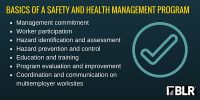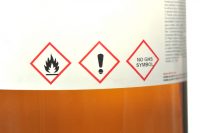Keys to a Successful Active Threat Plan
Violence in the workplace isn’t pleasant to think about, but recent events highlight how important it is for employers to plan for it. We have advice for building an effective “active threat” plan from security expert Jay Hart. Hart, director of Force Training Institute, leads a team of first responders, antiterrorism, cybersecurity, defensive tactics, and […]










